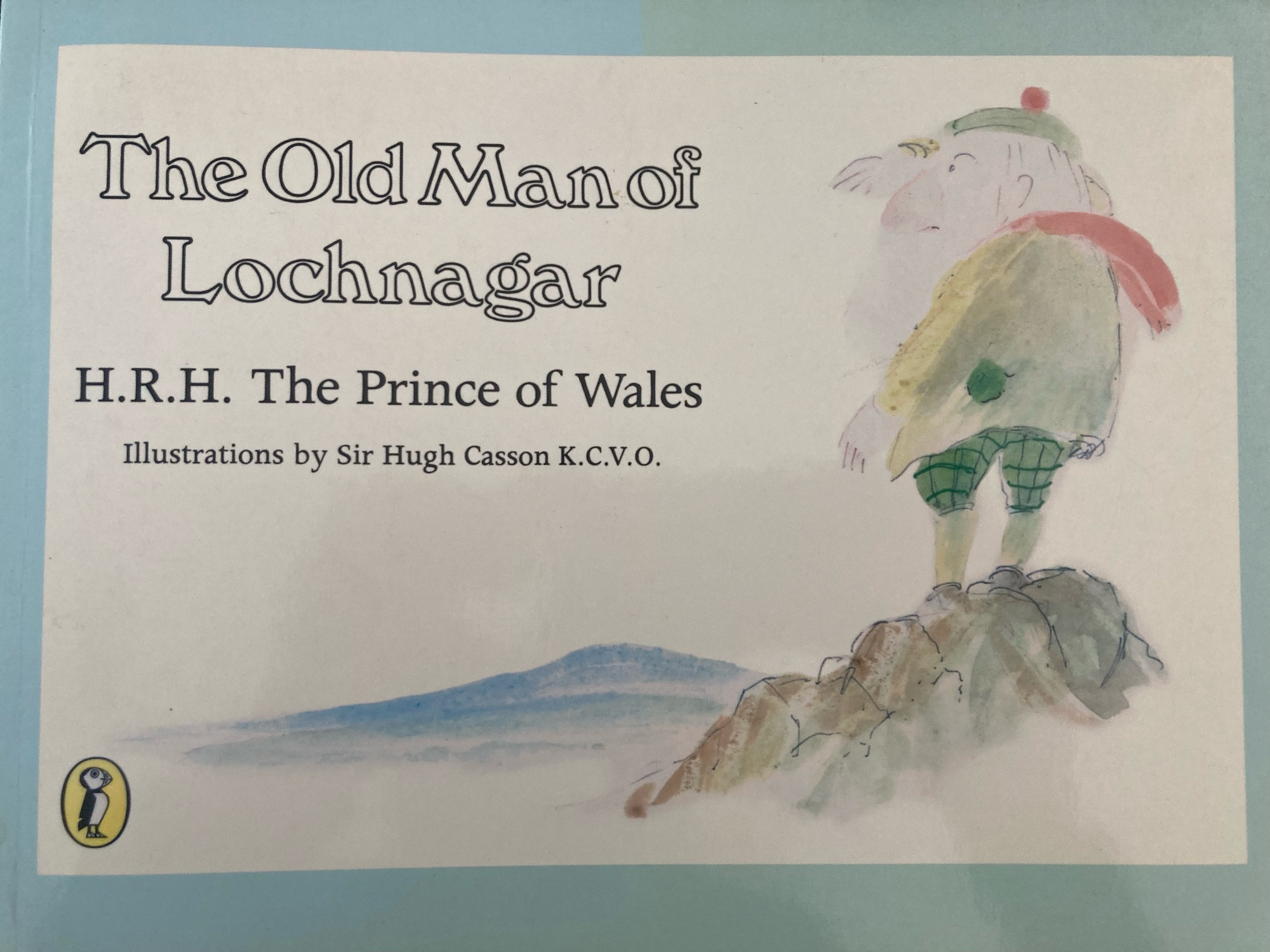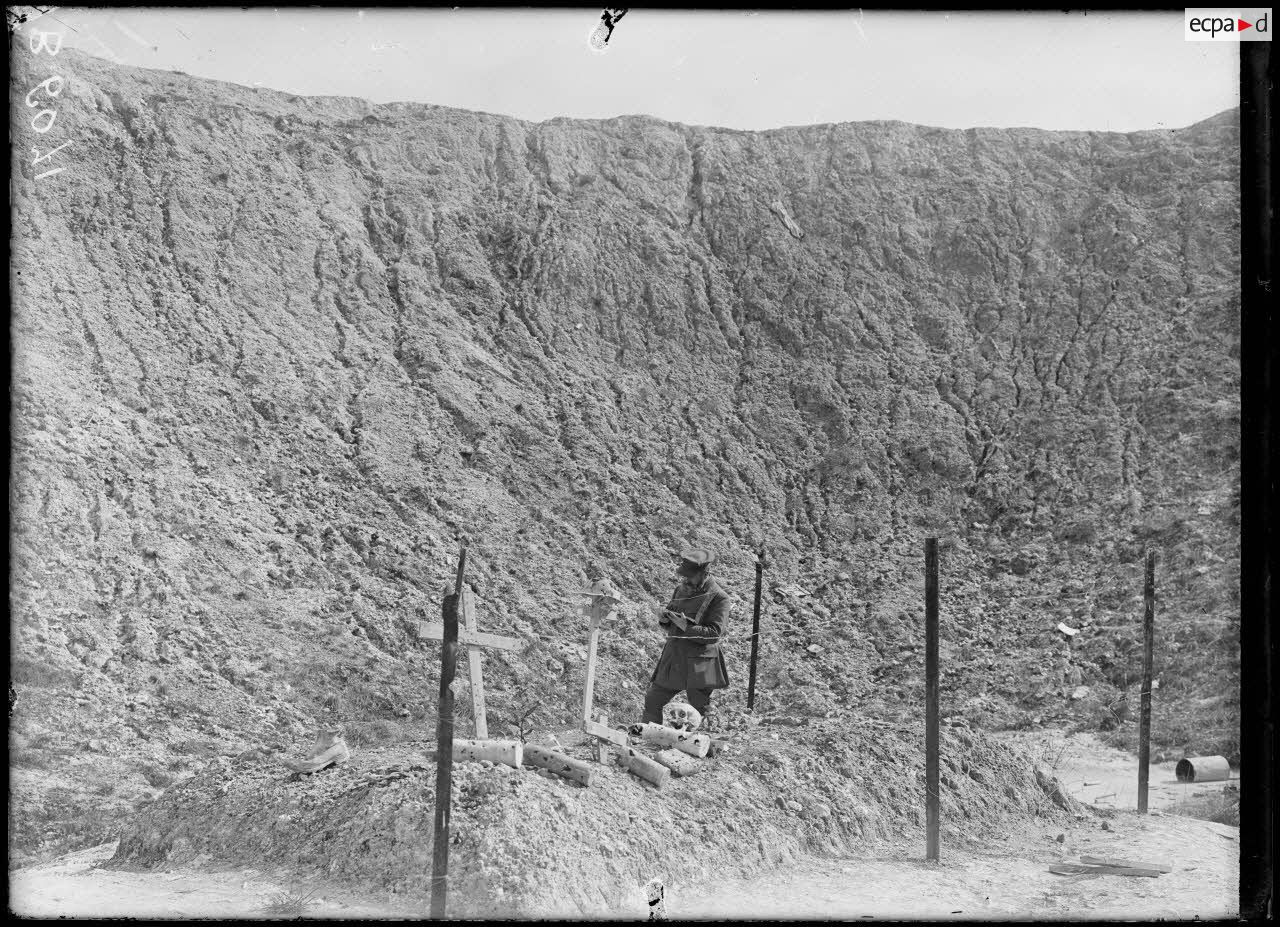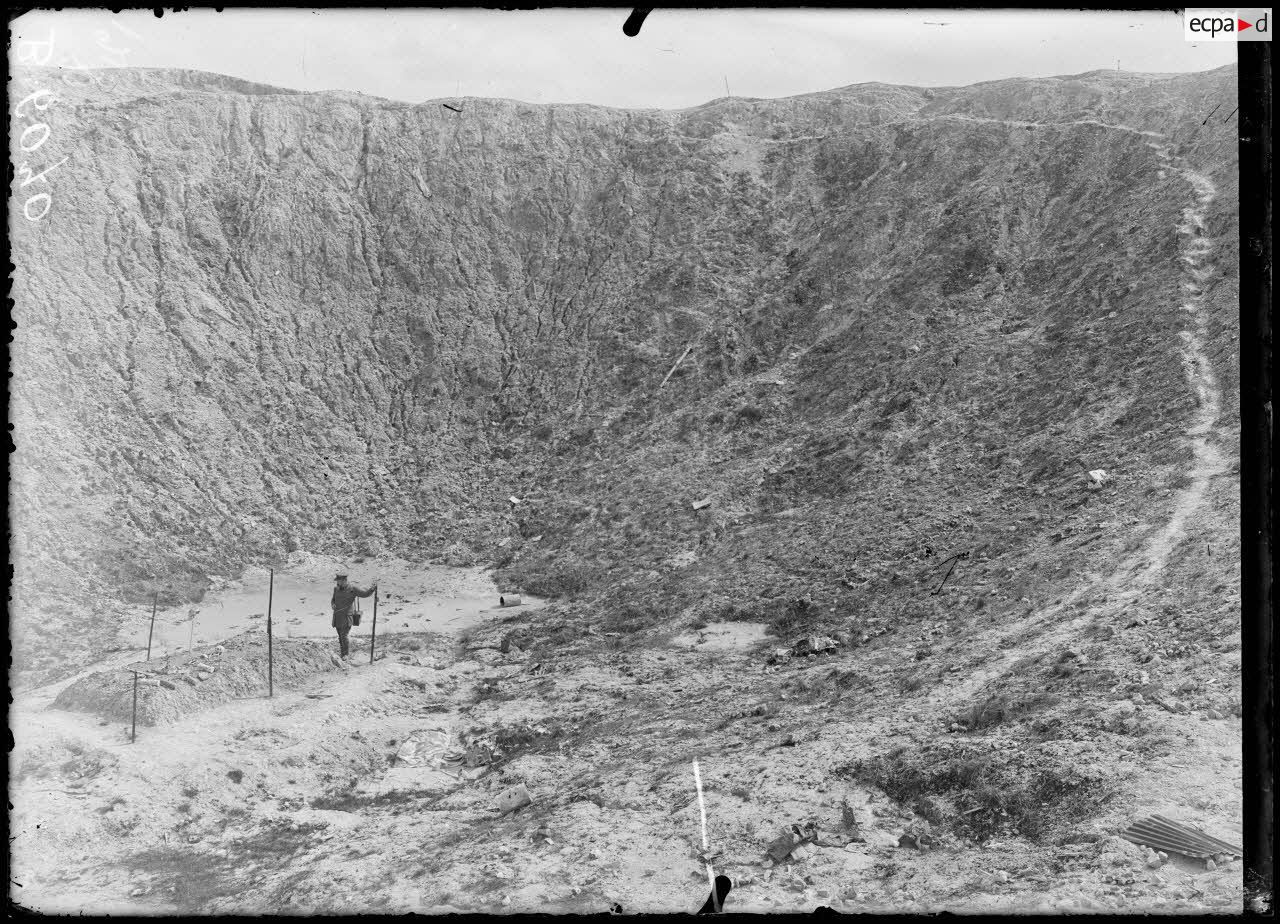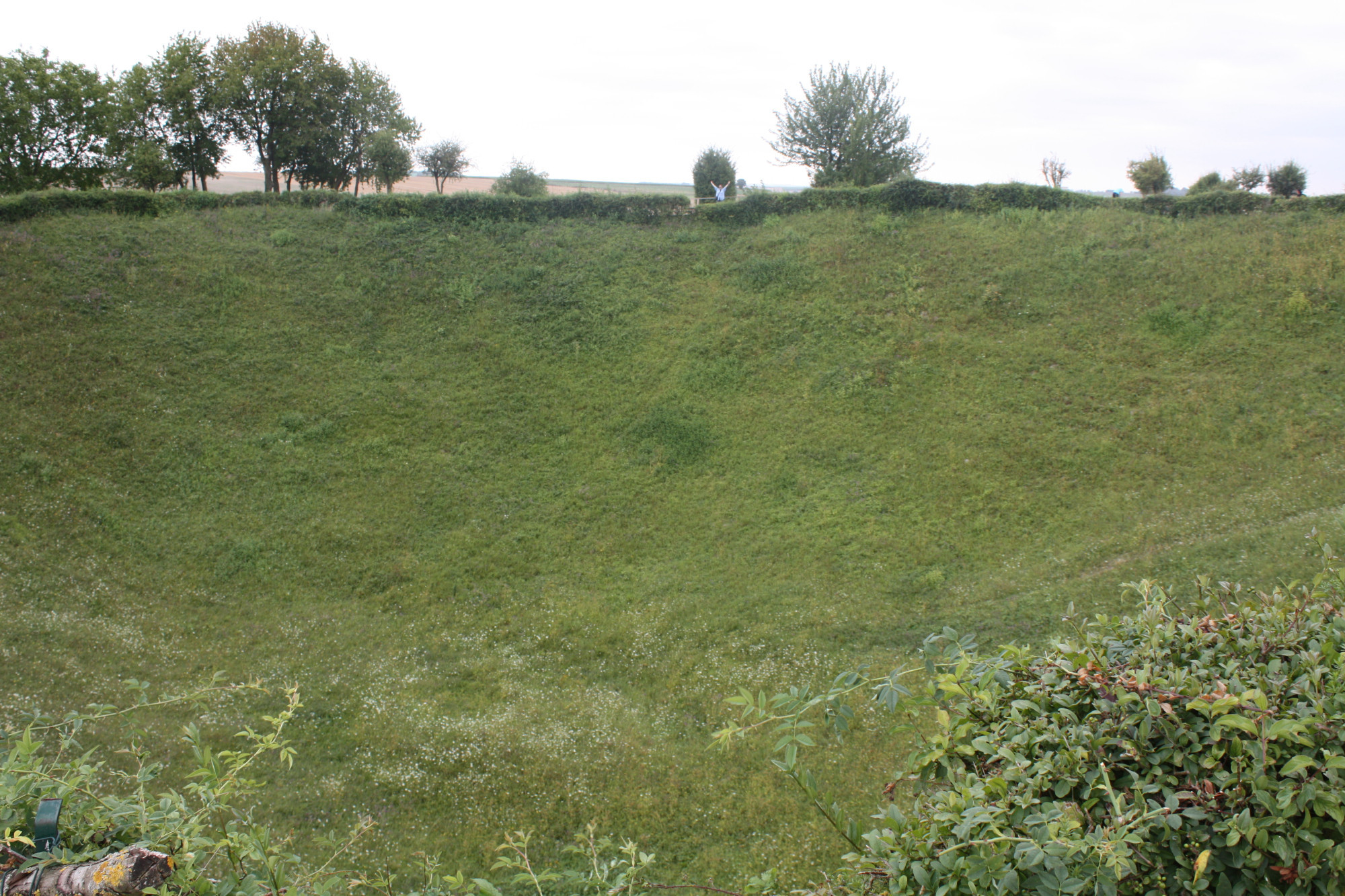Yeah, we went to Lochnagar Crater, which was one of 19 mines under a German trench that basically atomised its occupants when it went off. Then the British (a Scots regiment) came on behind to try and capture it. 3-5000 dead in just 30 minutes courtesy of German machine guns. Staggering.
#WhiskyTastingNoteOfTheDaywww.whiskyresource.com/the-non-chil...#TheNonChillWhiskyFilter#WhiskyResource#SorryForTheIce 😉

Falls es jemanden interessiert. Ich hab natürlich den Namen falsch geschrieben. Das Buch ist geschrieben von H.R.H. The Prinz of Wales.

Orpen used the same viewpoint from a little further away for his other painting of the Lochnagar mine crater. You can see the same configuration of British trenches beyond. The dark patch on the left is Bécourt Wood (Imperial War Museum ART 2379). www.iwm.org.uk/collections/...

Depends on who completed the IWGC exhumation & reburial paperwork (really !). Range is from diabolically vague to the one below - which took me less than 60 seconds to find in Serre Rd No2 > 57c.S.18.b.10.75. - as good as you can get👍 If you sent the map coordinates for Lochnagar to the cwgc >cont>

I have two oral history a/cs by members of 13RB of using the Lochnagar crater for the burial of British 7-8 July 1916. Many burials around La Boisselle were subsequently concentrated to Serre. I can't recall if map refs are precise enough to pinpoint exhumations from the crater, I don't thinnk so.
I think it was the Old Man Of Lochnagar, he says he doesn’t talk about it much.
Paul Queste took three photographs of the Lochnagar mine crater on 21 September 1917. Two survive in the French defence archives and a third as a copy in the IWM (right). The mass burial pit was later cleared and today is visible as a concave trough. (ECPAD SPA 114 B 6071; IWM Q 49394)


Paul Queste, interior of the Lochnagar mine crater with mass burial, 21 Sept 1917. 'That one mound, with the little skull on the top, at the bottom of this enormous chasm, was the greatest monument I have ever seen to the handiwork of man.' (Orpen, An Onlooker in France, 1921; Paul Queste/ECPAD)

